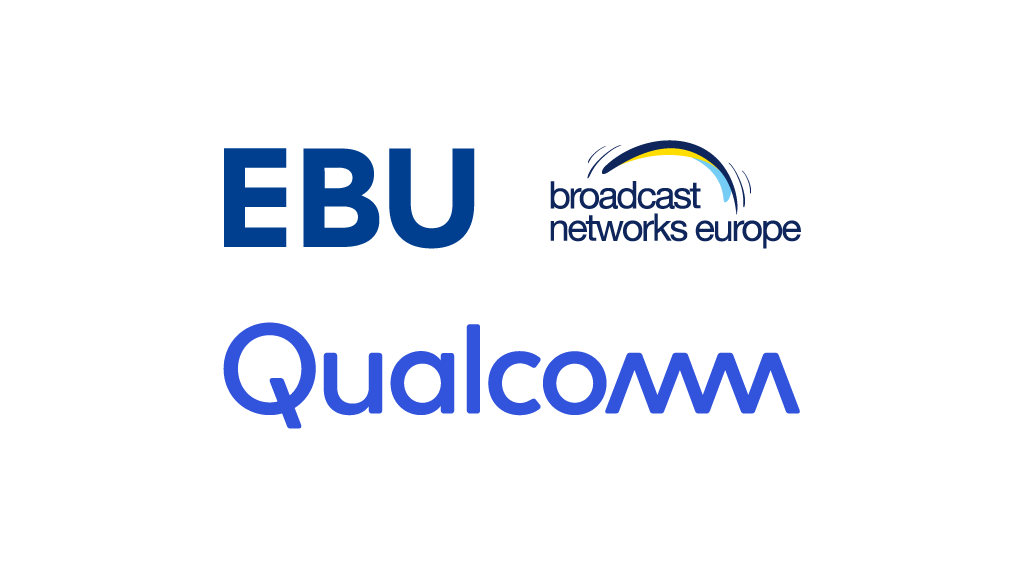A receiver profile for 5G Broadcast in Europe has been published, preparing the way for the roll-out of services and the introduction of smartphones with the capability to receive broadcast television services. It is the work of the European 5G Broadcast handset taskforce, representing members of the European Broadcasting Union, Broadcast Networks Europe representing terrestrial transmitter operators, and technology company Qualcomm.
5G Broadcast has been ready for commercial rollout since early 2023. Standardisation has been largely completed, trial operations by the leading broadcasters in Europe have been underway for several years, and the first smartphone prototypes including essential features of 5G Broadcast have already been developed and demonstrated at the Olympic Games in Paris. A demonstration service is also due to be launched in five main urban areas in Italy in 2025.
A working group, including France Télévisions and TDF from France, RAI and EITowers from Italy, Media Broadcast from Germany, and ORS from Austria, has established a common receiver profile for 5G Broadcast in Europe with the support of Qualcomm.

The draft receiver profile has been published by 5G-MAG, the industry association which, among other tasks, oversees the development and maintenance of the 5G Broadcast specification. The aim is to add this profile to the next version of the ETSI specification to clearly communicate the European requirements for a profile that will ensure harmonization across Europe to allow and encourage chipset and CE manufactures to incorporate the profile in their development roadmaps.
The proposed profile assumes operation in the 606-698MHz band. It requires support for a number of delivery protocols, including DASH, HLS, and MPEG-2 Transport Stream, with audio codecs including HE-AAC, AC-3, and AAC, and video codes including H.264, H.265, and H.266. It requires support for a free-to-air mode.
“The definition of the European profile gives a clear indication to all Chipset and CE manufacturers on the market needs in Europe,” said Antonio Arcidiacono, the chief technology officer of the EBU.
Lars Backlund of Broadcast Networks Europe said: “BNE supports 5G Broadcast as part of our innovation roadmap. In addition to spectrum security and along with roll out and investments in 5G Broadcast transmission infrastructure, the broadcast network operators also support the development of a viable handset ecosystem. Having a common receiver profile across Europe is a necessary element to achieve this goal.”
BNE members operate in 21 European countries: Austria, Belgium, Croatia, Czech Republic, Estonia, Finland, France, Germany, Greece, Ireland, Italy, Netherlands, Norway, Poland, Romania, Serbia, Slovakia, Spain, Sweden, Switzerland, and the United Kingdom.
Qualcomm, which makes chips for smartphones and other devices, has been a keen supporter of 5G Broadcast. Lorenzo Casaccia, who is responsible for technical standards at Qualcomm Europe, said: “The collaboration among Europe’s major broadcasters and broadcast network operators to harmonize 5G Broadcast receiver requirements marks a pivotal advancement for 5G Broadcast ecosystem. This unified effort will be an invaluable resource for developers, receiver manufacturers and infrastructure vendors, propelling the commercial deployment of 5G Broadcast technology worldwide.”
